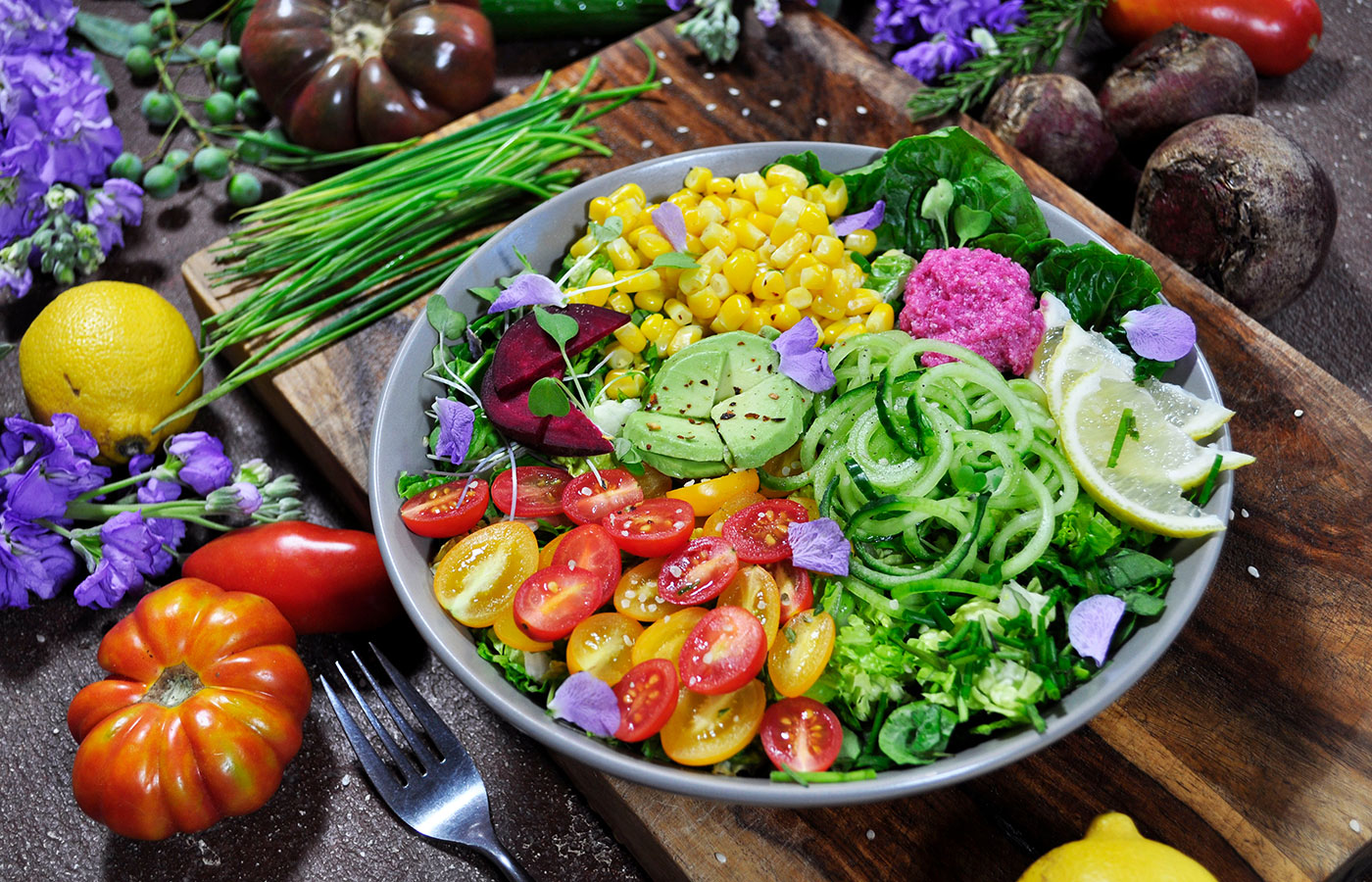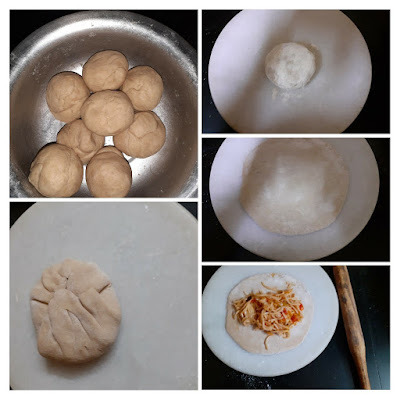My Grandmom was an expert at making it( not that its rocket science), but her lemon rice always had that freshness of the lemon intact. So over the years I have tried and perfected it, her way and by hit and trial have found her secret of that fresh lemon flavour. I'm stressing on the flavour here because I have seen many a time the lemon flavour fails to standout the sourness is there, but the flavour is missing. This is because of cooking the lemon juice with the tempering. As the recipe proceeds, you'll understand what I mean.
I usually don't write so much of an introduction, but this recipe is just so close to my heart that I had to.
Let's get to the recipe right away.
PREP TIME: 10Mins COOK TIME: 40Mins
TOTAL TIME: 50 Mins COURSE: MAIN
CUISINE: SOUTH INDIAN SERVINGS: 4
Ingredients:
Rice 1 cup ( regular rice not Basmati)
Lemon 2 medium size
Green chillies 2
Red chillies 2
Ginger 1 inch piece
Curry leaves a few
Turmeric powder 1 tsp
Asafoetida powder 1/2 tsp
Salt as per taste
Urad dal 1 tsp
Chana dal soaked in water( for 1/2 an hour) 1 Tbsp.
Mustard 1 tsp
Peanuts 1 Tbsp
Oil 3 Tbsp( refined or sesame) for tempering and 3 tsp for drizzling on cooked rice.
Directions:
Cook the rice in a pressure cooker. You can use 2.5 to 3 cups water for 1 cup of rice. As soon as pressure releases transfer the rice to a large plate/ tray and spread it. Drizzle little refined oil or sesame oil on it, so that the rice doesn't stick together. Allow it to cool.
In the meanwhile take 3 Tbsp oil in a Karahi/ pan and heat it. Drop the peanuts gently into the oil and fry until you see a nice golden colour. Add the mustard, as it crackles add the green and red chillies, ginger, asafoetida, urad dal, soaked chana Dal after straining the water, curry leaves and fry them till the dals are a nice golden colour. Add the turmeric powder and salt and put off the stove. Now add the juice of 1 lemon to it and mix well. Now add the rice little by little to this tempering. Mix well so that the tempering is evenly distributed. Now squeeze the juice of another lemon on the rice and mix gently( my secret to the freshness). There the yellow beauty is ready to serve...Bon Appetit.
STEPWISE RECIPE FOLLOWS:
1. Assemble all ingredients.
2. Cook the rice in a pressure cooker. After pressure settles, transfer the rice to a large plate and spread it. Drizzle some oil on it. Allow it to cool.
3. In a Karahi take oil for tempering and heat it. Put in the peanuts and fry until golden brown.
Add all tempering ingredients- mustard, soaked chana dal( water strained), urad dal, green chillies, red chillies, ginger, Asafoetida, curry leaves. Fry until they get a nice brown.
4. Add the turmeric powder and salt and put off the stove. Squeeze juice of one lemon. Mix well.
5. Mix the cooked rice little by little to the tempering. Finally, squeeze the juice of another lemon on the rice and mix gently but thoroughly. Lemon rice is ready. Enjoy with some Papads.
NOTES:1. Usually, Lemon rice recipes state adding the lemon juice to the tempering, which gives the taste but not the flavour. some other recipes recommend squeezing the lemon directly over the rice. This ensures the flavour, but not the taste as the juice will not get evenly mixed.
2. In this recipe I have divided the juice into 2 halves and added one half to tempering and another half to the rice, this gave me the perfect balance of flavour and taste.
3. Potato fry(south Indian style) goes very well with the lemon rice too, just in case you aren't the papad person.
4. You could serve the Rice with Raita too.
If you tried this recipe and liked it please comment below. Would love to hear from you.




























































